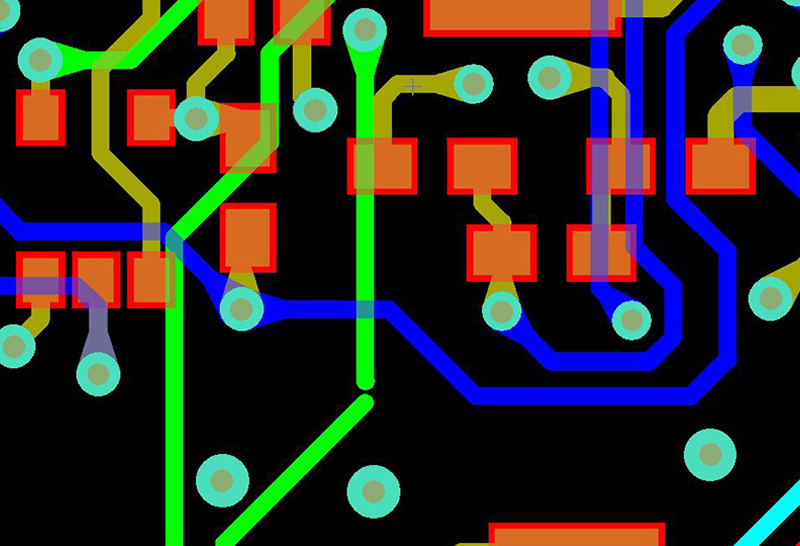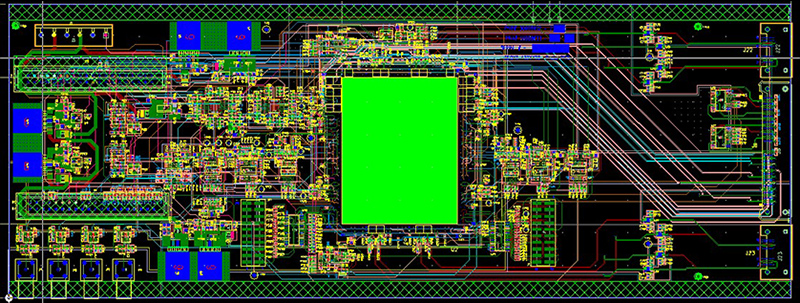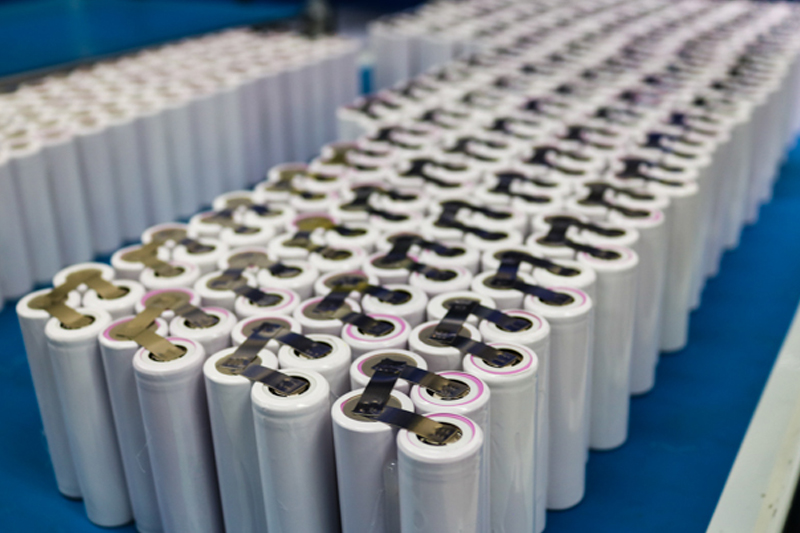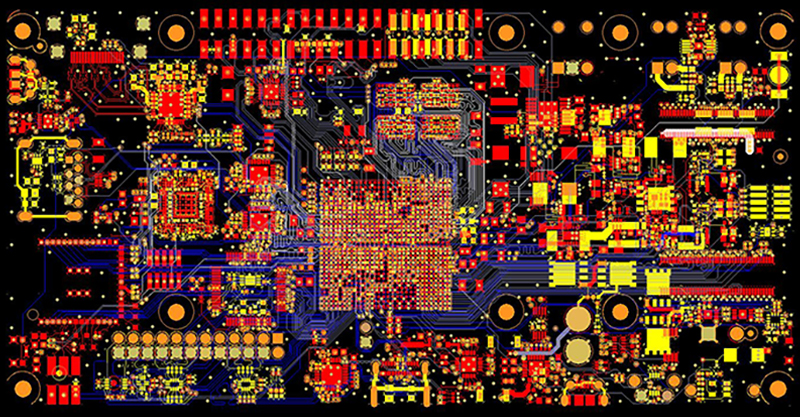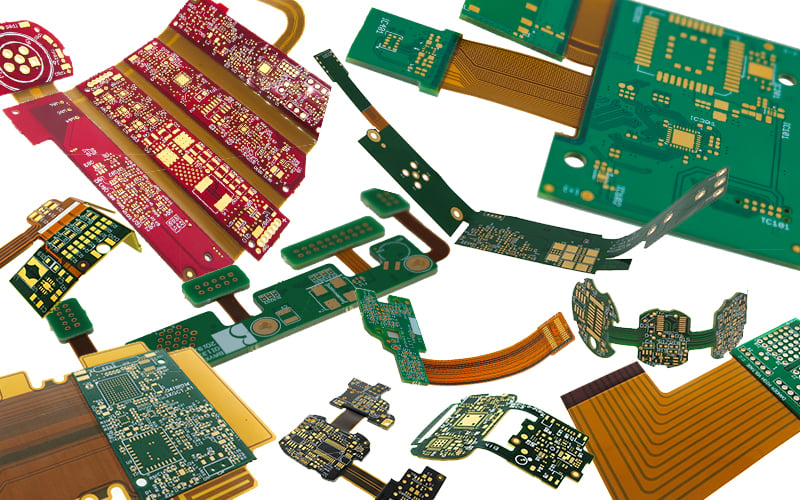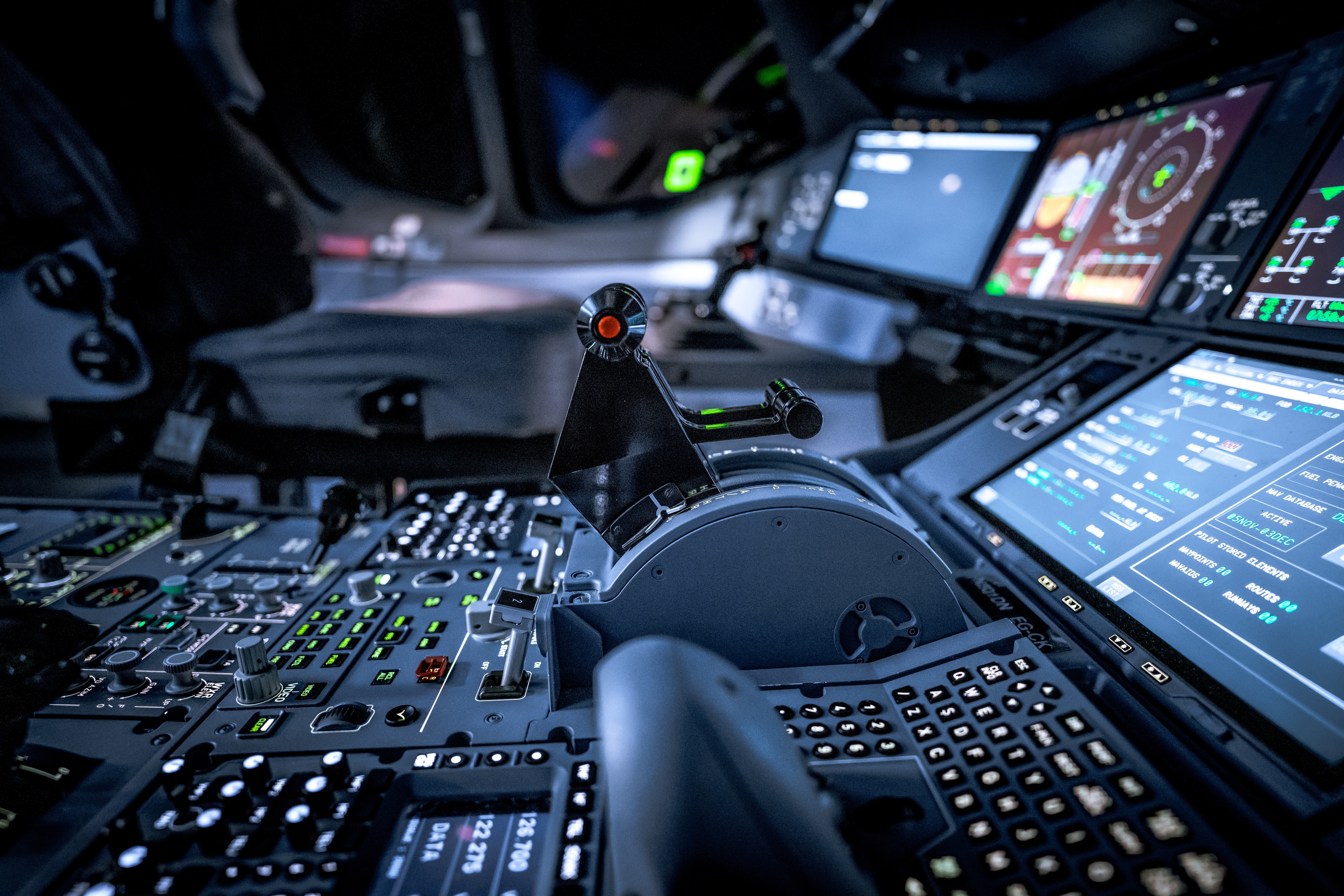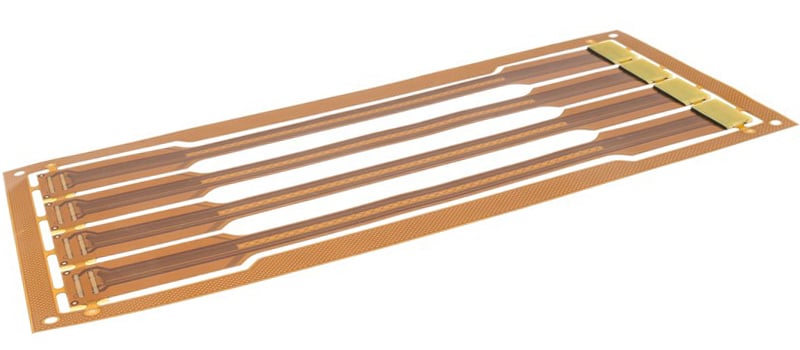Here at Epec, we take cybersecurity extremely seriously, and it's essential to stay up to date on the latest safety measures. That means understanding how hackers and scammers operate so you can protect yourself from them. To do this, it helps to learn about topics like password security, malware protection, data encryption, and firewalls. Taking the time to research these topics now can save you lots of trouble down the road.
As a printed circuit board (PCB) manufacturer for more than 70 years, we have worked with thousands of customers to provide quality products in prototypes of a few pieces to many tens of thousands of circuit boards repetitively.
From a printed circuit board (PCB) manufacturing supplier’s point of view, often we are consulted about design and layout at the concept phase. Over the past many years, we have seen an increase in customers asking to assist with design, layout, and modifications to the circuit board. From this repeat request, we developed an engineering team to make it happen.
We hear this a lot when it comes to our user interface product solutions. The name, or names of these products, vary depending on who is talking. From membrane switches, silicone rubber keypads, keyboards, and touchscreens, these are all considered human-machine interfaces, aka HMI.
Around the world, battery pack manufacturers are dealing with supply chain issues. These issues are impacting lead times when they gain battery cell chemistry and battery management system materials.
When it comes to printed circuit boards (PCBs), the bare board is always where customers look to cut costs. Unfortunately, we often see this request after the design has been completed and we have the Gerber files in hand to quote the printed circuit board.
Rigid-flex circuit boards are the integration of rigid PCB technology with flexible circuit technology in one unit that is capable of both interconnect and operating functions in a device.
Mil-aero devices live in a special place in the worlds of design and engineering. These are devices that are often subjected to extraordinary environments. They have extreme requirements, and they often must function in the harshest environments of the world.
There are a wide variety of flexible circuit board design options available to solve interconnect requirements. One of the more unique is a dual access flex PCB construction. This unique construction of a dual access flex circuit can be beneficial for many applications.
Human Machine Interface (HMI) keypads are an essential component of any manufacturing business’ operation, but they don’t have to be boring or plain. In this blog post we will review how to design and manufacture your own custom HMI keypads in any color your business wants so that you can better connect with your customers and give them the experience they deserve.



